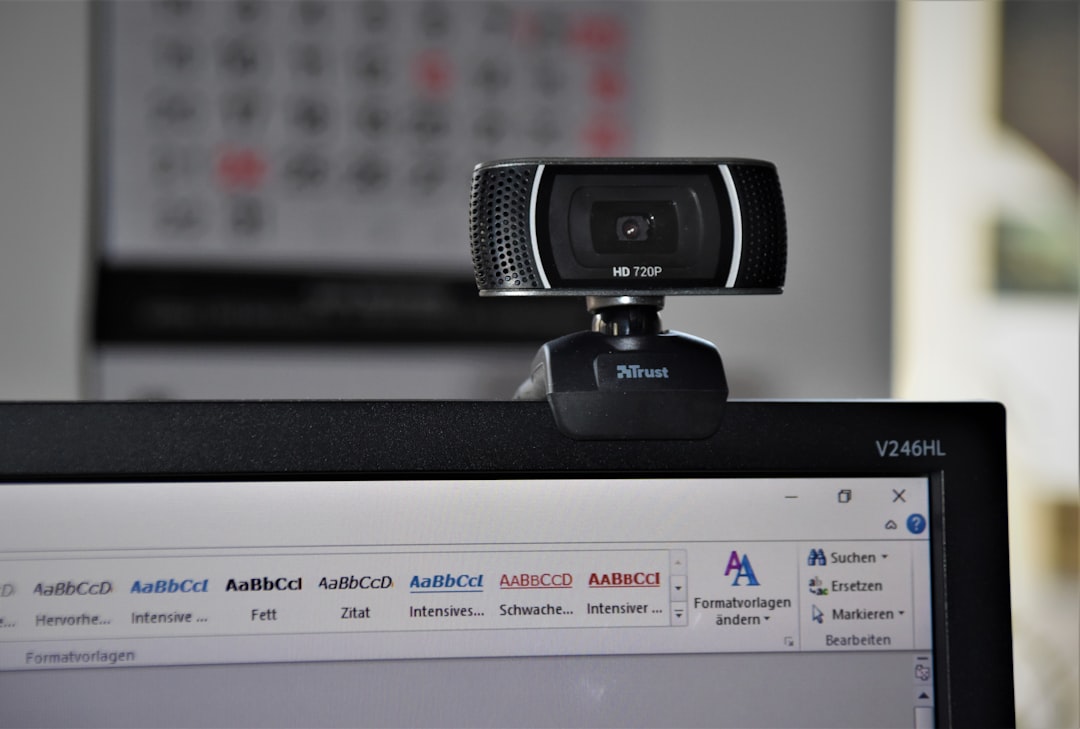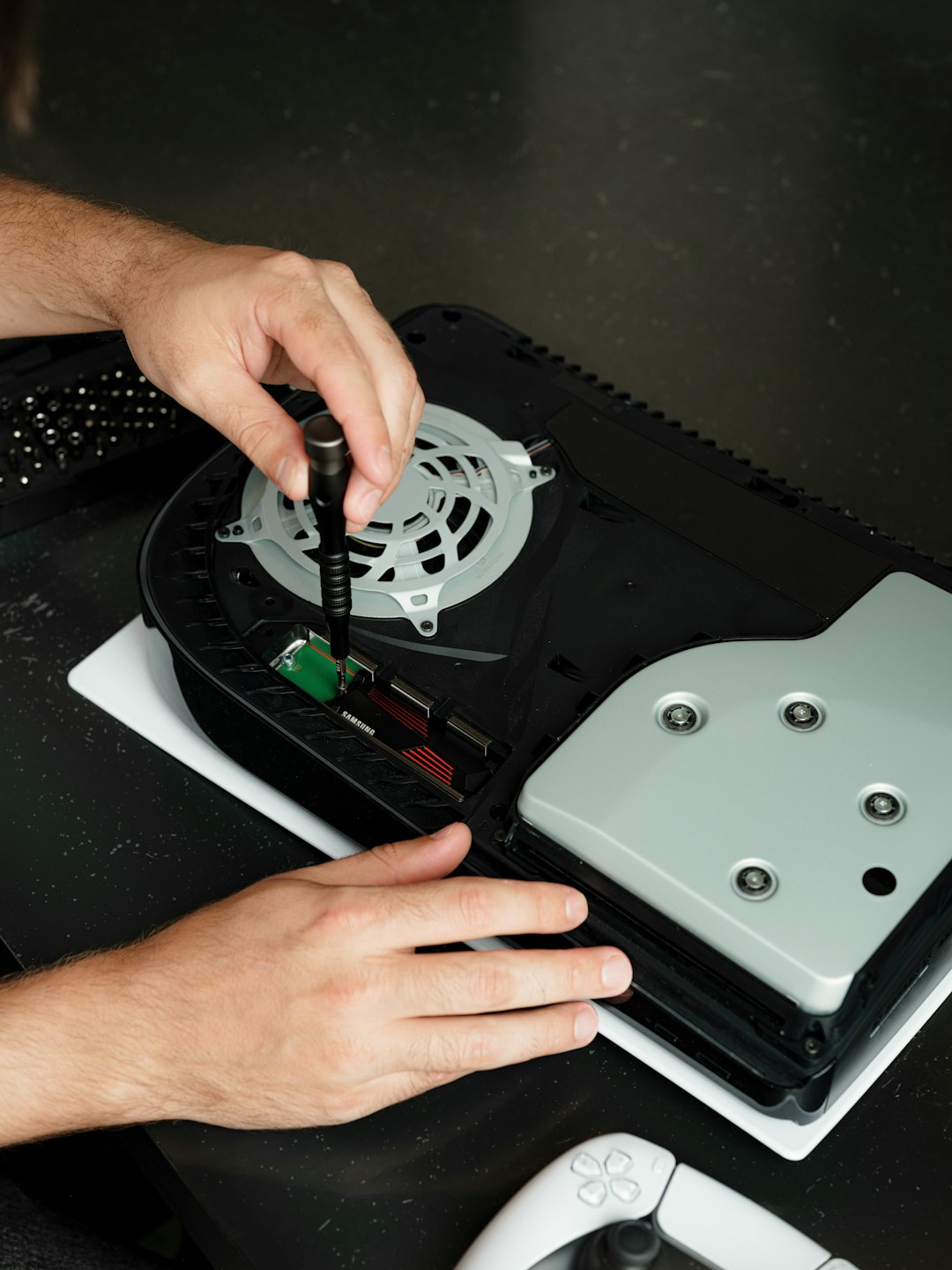Table of Contents
As remote work and digital communication become increasingly prevalent, the demand for flexible and high-quality video calling experiences continues to rise. A critical but often overlooked pair in this setup is the combination of portable monitors and video call bitrate. Understanding how these two components interact can help users enhance productivity and ensure smoother video conferencing, making daily communication effortless and effective.
What Are Portable Monitors?
Portable monitors are compact, lightweight, and highly functional screens that can extend or mirror a user’s laptop or mobile device display. They are particularly popular among digital nomads, business professionals, content creators, and remote teams.
These monitors typically connect via USB-C or HDMI and do not require separate power adapters, adding to their portability. With screens ranging from 12 to 18 inches and higher refresh rates, the technology has evolved to offer performance comparable to desktop monitors, but with the flexibility to set up anywhere.

Core Benefits of Portable Monitors
- Multi-tasking: Users can run productivity tools side-by-side across two screens for easier multitasking.
- Enhanced Presentation: Ideal for client pitches or collaborative sessions, they allow for real-time screen sharing.
- Gaming and Entertainment: Some models support Full HD or even 4K resolution, making them great for casual gaming or streaming.
- Plug-and-Play Functionality: Most models support instant connectivity without complex drivers.
Yet, to optimize video conferencing on these monitors, another variable comes into play — video call bitrate.
The Role of Video Call Bitrate
Bitrate refers to the amount of data transmitted per second during a video call, measured in kilobits or megabits per second (kbps or Mbps). It directly impacts the clarity and smoothness of the video feed, thereby affecting the overall quality of communication.
Typical Bitrates for Popular Platforms
- Zoom: Requires 600 kbps for high-quality video and up to 3 Mbps for 1080p HD.
- Google Meet: Adaptive bitrate but generally consumes between 1.0–3.2 Mbps per participant.
- Microsoft Teams: Recommends at least 1.2 Mbps for group video calls.
Bitrate is the unsung hero behind fluid meetings and professional online interactions. When paired with a high-quality portable monitor, it ensures that not only are you seeing full-screen, high-definition images, but those visuals are sharp and in real-time.
Why the Combo Matters
Using a portable monitor alone won’t guarantee a seamless video call experience, especially if your bitrate is too low. Similarly, high bitrate video calls can be wasted on substandard screens. It’s the synergy between these two factors that creates a balanced online communication environment.

Synchronizing Quality
For optimal performance, users should ensure:
- Monitor Specs: A Full HD or 4K portable monitor with 60Hz refresh rate or higher.
- Stable Internet: Ensure at least a 5 Mbps upload and download speed for HD video calls.
- Right Cables: Use certified USB-C or HDMI cables that support high throughput.
- System Resources: Your laptop or PC needs a capable GPU and enough RAM to handle simultaneous high-resolution video feeds and multi-display output.
If one of these elements is lacking, you may experience choppy visuals, latency, or increased CPU usage during meetings. A bottle-necked bitrate will compress images, causing blur or pixelation, especially during group calls.
Ideal Use Cases
Remote Work and Virtual Teams
Professionals working from home can benefit immensely from portable monitors. Having a second (or third) screen enables users to run video call windows on one monitor while referencing documents or taking notes on another. Combined with a high video call bitrate, this setup mimics face-to-face meetings almost seamlessly.
Traveling Professionals
Consultants and business travelers often find it hard to work efficiently on a single laptop screen. A lightweight portable display hooks quickly to their laptop, creating a multi-screen workstation that enhances productivity on the go. With reliable Wi-Fi, both bitrate and video quality remain uncompromised.
Online Education
Students and educators alike utilize online platforms daily. A decent bitrate keeps lectures smooth and uninterrupted, while a separate portable monitor can display slides or programming environments during a session, enriching the learning experience.

How to Measure and Improve Bitrate
Understanding your current bitrate capacity can help optimize settings:
- Speed Testing: Tools like Speedtest.net or Fast.com can quickly determine your upload and download rates.
- Platform Settings: Applications like Zoom or Teams often allow adjustments to video resolution, which correspond to bitrate adjustments.
- Ethernet Over Wi-Fi: A wired connection is usually more reliable and offers increased bandwidth.
- Stop Background Apps: Close other applications that may be consuming bandwidth in the background.
Final Thoughts
As work, learning, and entertainment increasingly shift to digital platforms, a portable monitor paired with a stable and high-quality video call bitrate becomes more than just a convenience—it becomes a necessity. The right configuration leads to superior visual fidelity, efficient multitasking, and smoother interpersonal communication.
Whether it’s a boardroom meeting, a coding bootcamp, or a design collaboration session, investing in hardware that complements software requirements such as bitrate can transform the user experience from basic to exceptional.
FAQ
- What is the ideal bitrate for 1080p video calls?
- For smooth 1080p HD video, aim for a bitrate of at least 3 Mbps. This ensures clarity and minimizes buffering or lag.
- Can any portable monitor be used for video calls?
- Yes, but for the best experience, use a monitor with at least 1080p resolution and good color rendering. A refresh rate of 60Hz or higher is also recommended.
- Does a portable monitor affect video call bandwidth?
- No, the monitor itself does not consume bandwidth. However, it displays the video feed, so you need sufficient bitrate to take full advantage of a high-resolution screen.
- How many Mbps do I need for a group video call?
- For calls with several participants, 4–5 Mbps per stream is ideal to maintain consistent quality without stuttering video.
- Are wireless portable monitors good for video conferencing?
- Wireless monitors can work, but they may introduce latency or reduced resolution. For real-time applications like video conferencing, wired connections are generally more stable.

